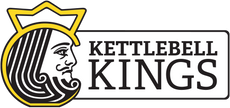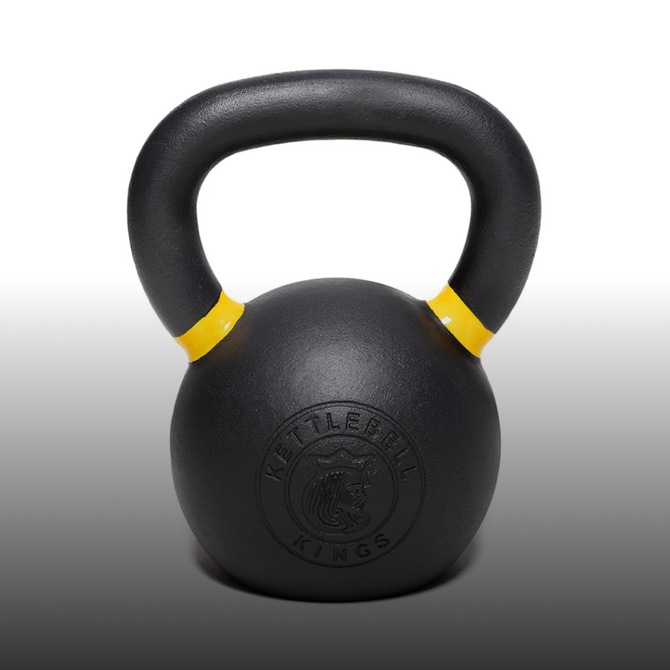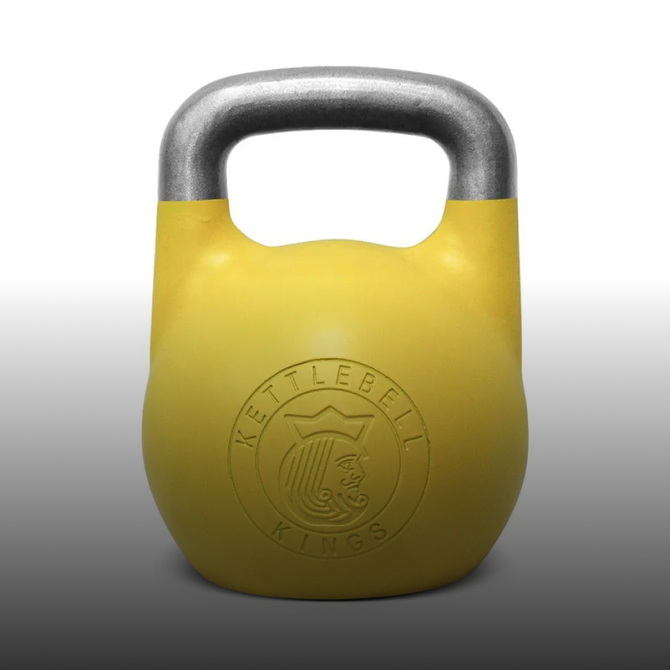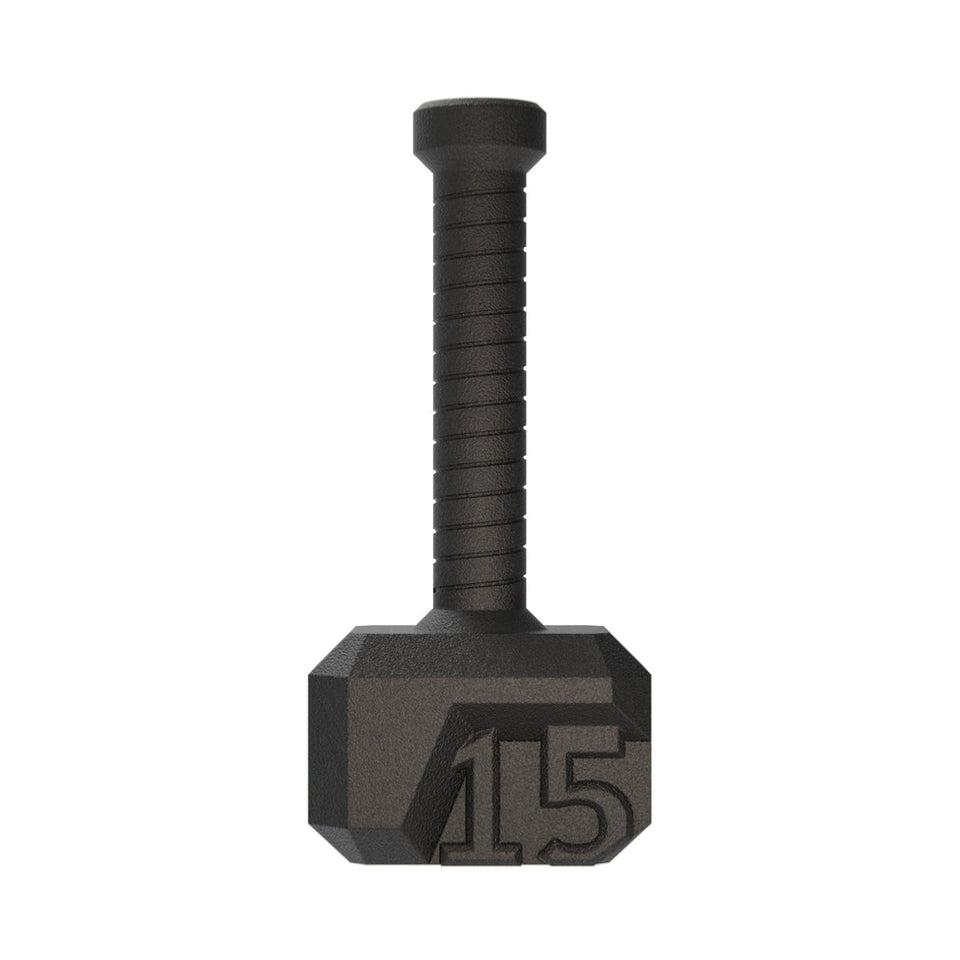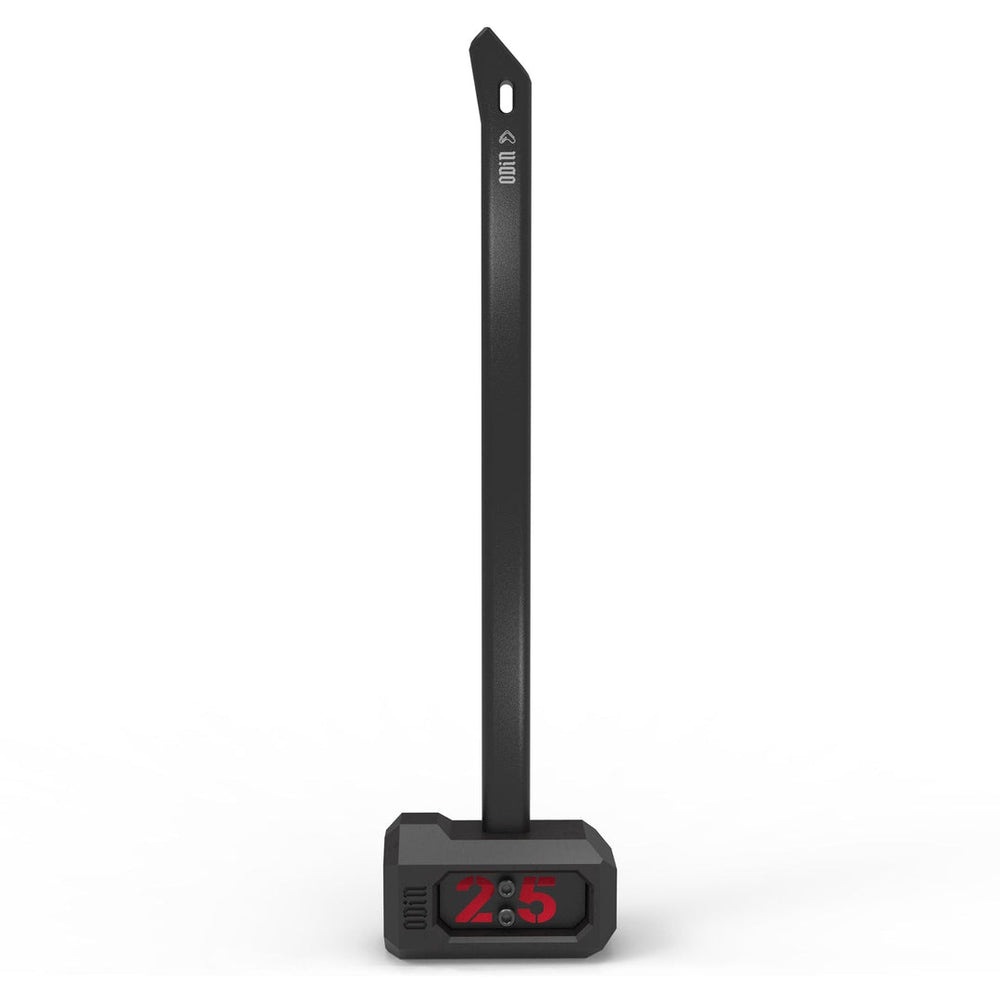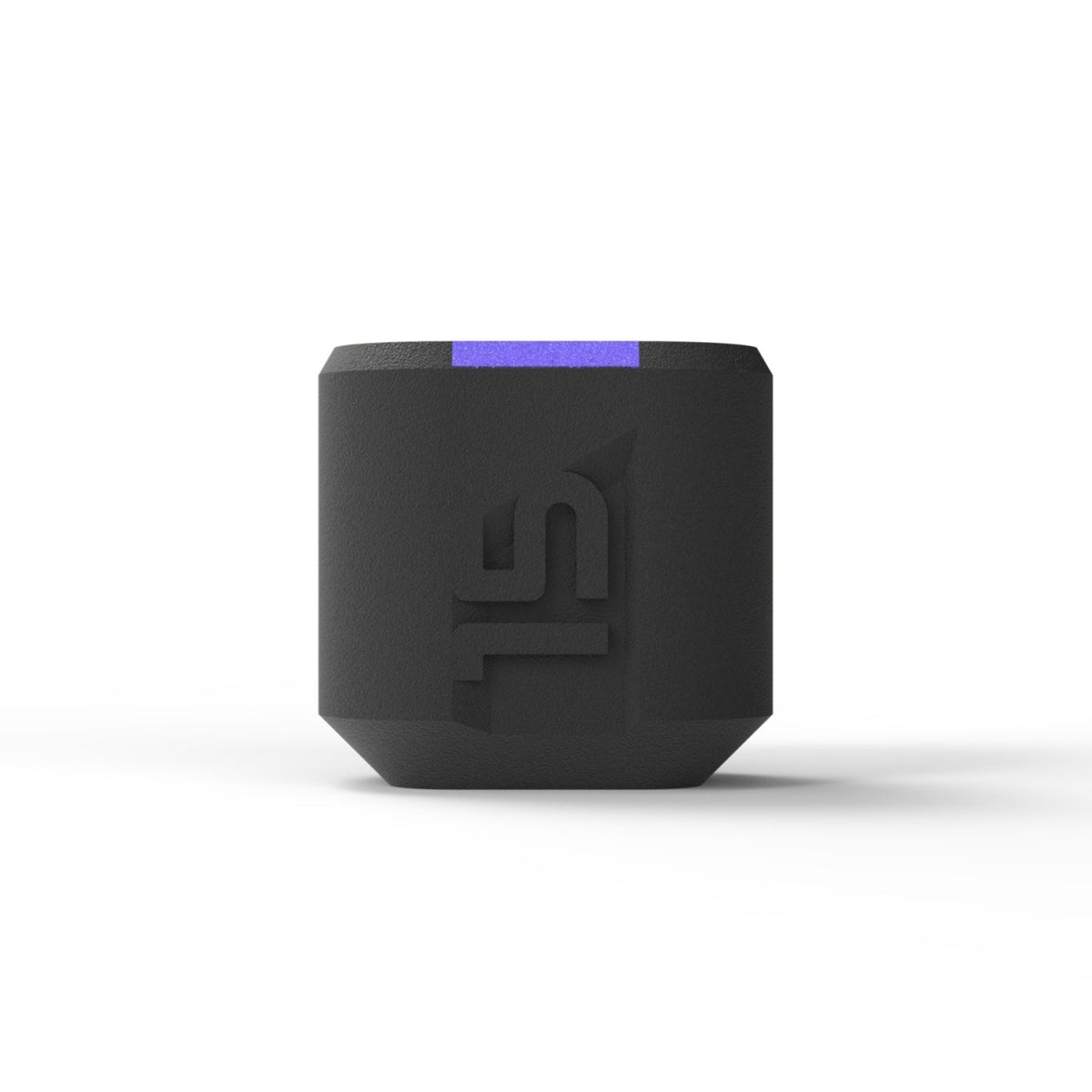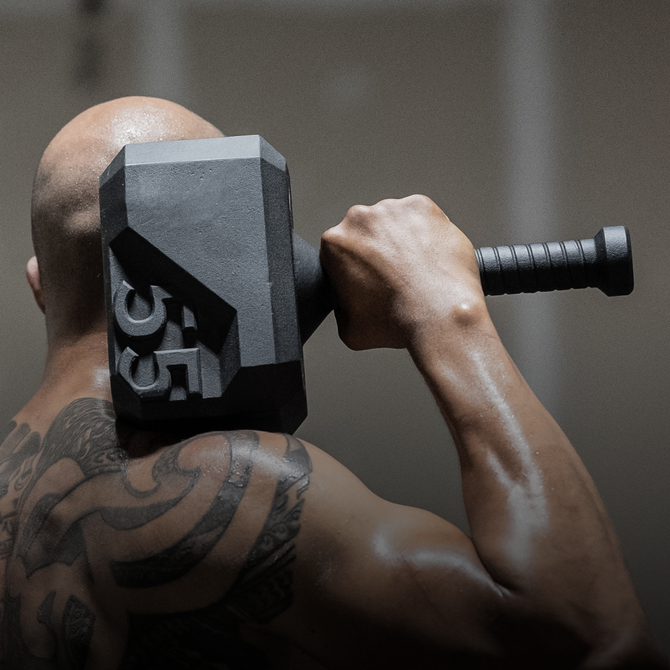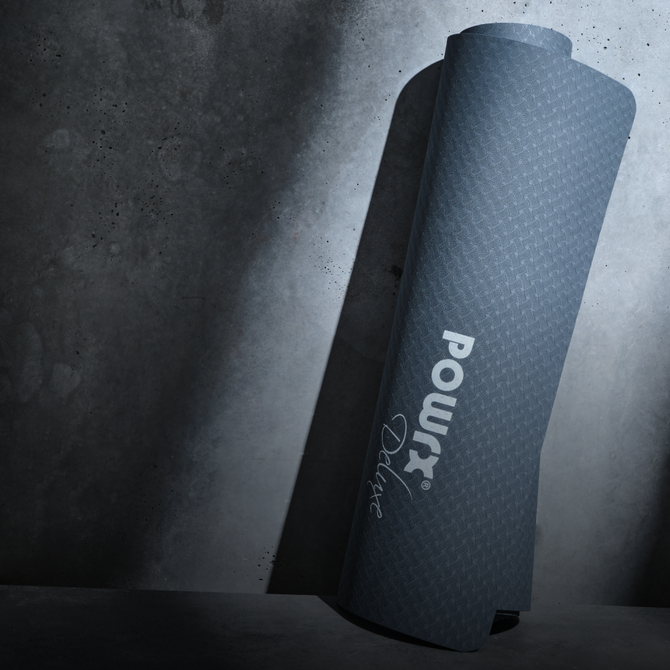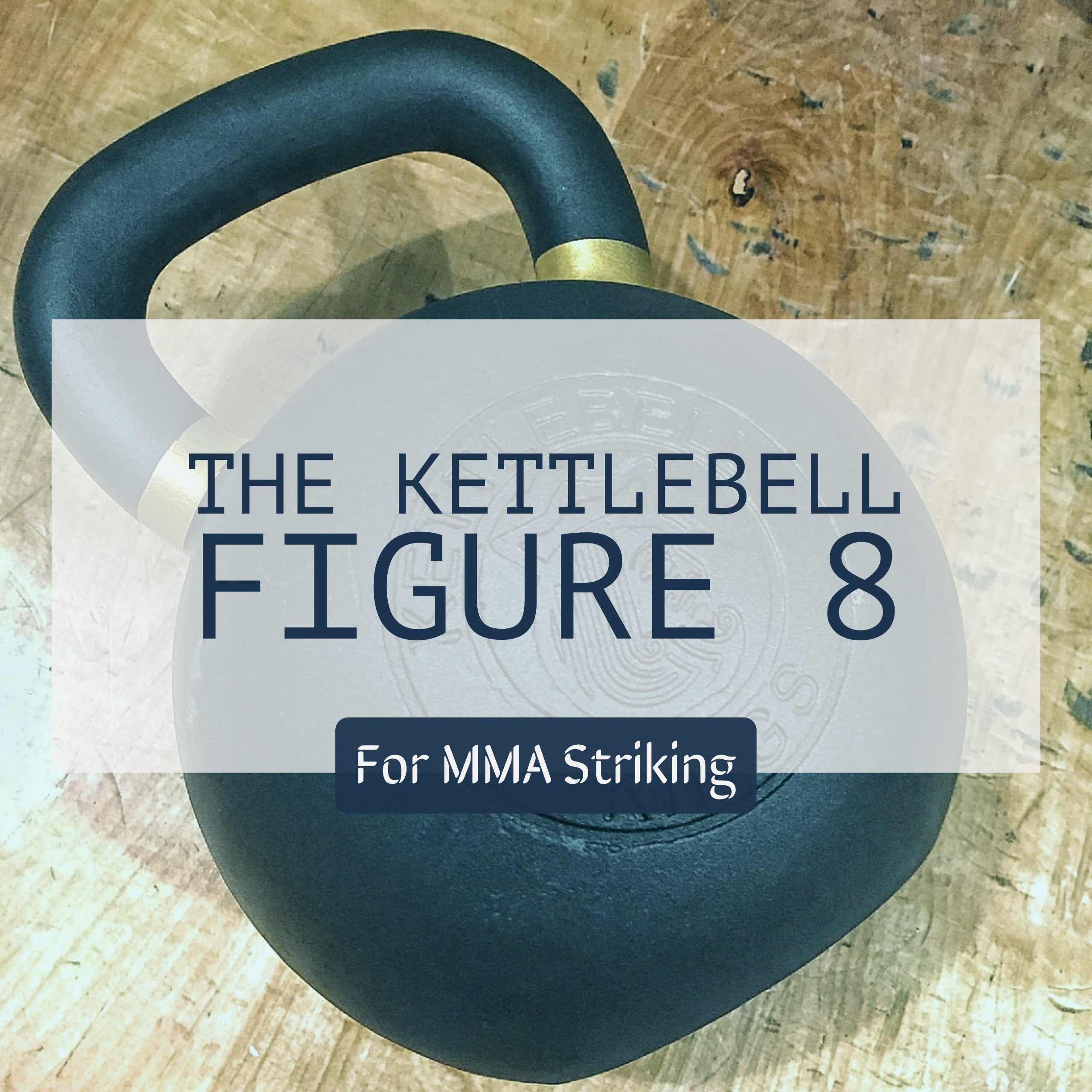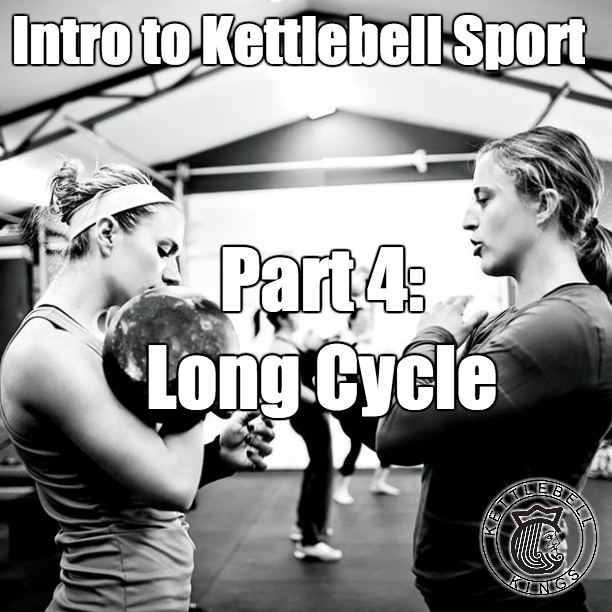Spending five to 10 minutes on a rowing machine or on the treadmill makes you feel warm, as does sitting in a sauna, doing a few sets of push-ups or drinking hot tea. But there’s a significant difference between feeling a warmer body temperature and optimizing the beautiful machine that is your body for high performance and injury resilience. Here’s how to activate beast mode.
The warm-up is the most valuable part of the session. If you only performed good warm-ups and nothing else, indefinitely, you’d be in better shape at 80 years old than if you skipped the warm-ups and jumped right into the workouts. This may be the only time during your whole week of movement that your body actually gets to move three-dimensionally. It may be the only time that your joints get to reach their end ranges of motion. I say to my clients, “If you don’t have time or don’t feel like working out, just do the warm-up.” Chances are, this will turn into a workout anyway because a well-structured warm-up energizes and invigorates.
This blog is an overview of the main principles of warming up. Part two contains an example of a sufficient warm-up that ticks all the boxes and will leave you feeling ready to join the Avengers and save the galaxy.

LAW of Warming Up
Lube up the joints.
Activate the stabilizers.
Warm-up the tissue.
Lube Up The Joints
Imagine if I gave you a pencil and asked you to draw a map from your home to the nearest cinema. The quality of this map is similar to that of the movement maps within each cerebellum (brain) pre-movement. Your cerebella coordinates movement, so when the maps look like sketches your brain struggles to coordinate and control. Conversely, movement maps within the cerebellum of well-lubed body with nourished joints are like all singing and dancing Google maps with 3D topographical information and a little blue dot indicating exactly where you are.
Joints love and thrive on movement; you’re only as old as your spine! Daily joint mobility is one of the keys to longevity. I recommend that everyone includes a 15- to 30-minute joint-lube sequence everyday. Unlike stretching, lubing doesn’t change the length of your tissue. It optimizes the nervous system, breaks down adhesions caused by a lack of movement, nourishes the joints, lubes up the fascia and relieves stress. It is therefore safe and highly beneficial to begin every training session with it.
Imagine how it must feel to move with the fluidity and ease of an old-time Shaolin monk. If this monk had a Ghost moment and suddenly possessed your body, he might feel the same as you would if you put on a wetsuit that was filled with glue. Our bodies are comprised of layer upon layer of fascial tissue like an onion, which stick together if they don’t move. Movement through the full range of multiple joints releases the adhesions between the tissues, and your glued wetsuit becomes more like a Vaselined wetsuit. You don’t know good movement until you can feel it and feeling it comes with moving everyday.
The more proprioceptive information your brain receives (neural input from joint movement), the more neural output it will be capable of (strength and power). A thorough 15- to 20-minute joint-lube sequence is optimal, but you can offer your nervous system the most input by focusing on areas of the body with the highest concentration of joints (feet, spine hands and wrists).
For example: Test vertical jump height. Spend five minutes lubing up and opening up your hands, shoulders and neck. Retest vertical jump. Notice extra inches gained.
.
“Strength isn’t built. It’s granted by your nervous system”
- Paul McIlroy, Legendary Irish Strength Coach
.
The same principle works for any strength or power test. Choose one for the upper body (such as 5RM military press, following a normal warm-up). Spend five minutes lubing up and opening up your feet and ankles (I’m purposefully choosing the area that you may not think has much to do with pressing). Then retest and experience a what-the-hell? moment.
Activate the Stabilizers
Stability is your ability to unconsciously prevent movement in one area of the body to optimize movement in another. For instance, to pick up a heavy shopping bag from the floor with your right hand then carry it, your left obliques, QL and erectors have to fire up and isometrically contract (hold the same length). Otherwise your torso would bend like soft rubber and you wouldn’t be able to perform the task safely or well.

The key to good stabilization is optimal neurological firing sequences — sounds complex but allow me to simplify. If during a push-up, the stabilizers are slower to activate than your main movers (super common), the shoulders will elevate, the shoulder joint will be at risk of injury, the neck will nod forward and the belly will sag. This dysfunctional pattern leads to training plateaus, long-term weakness and injury. On the other hand, if your stabilizers are first to fire up and are strong enough to hold an isometric contraction throughout the duration of the movement, you’re ready to take the express train to Gainsville.
.
“Stability precedes force”
- Dr Perry Nickelston (with a Darth Vader voice), Master Educator and Movement Wizard
.
Activating the stabilizers is best done on the floor. When you’re moving, rolling, rocking, stretching and lubing up, you have multiple contact points with the ground. Your brain feels these contact points and feels safe — there’s no risk of falling over. It therefore unlocks joints that might otherwise be locked up if you were performing the same movements from standing.
Due to sub-optimal lifestyle and occupational posture and breathing habits, most adults have messed up neurological firing sequences. Some stabilizers become so long and weak that the brain forgets how to activate them at all, leading to a high susceptibility to injury. A rather important stabilizer is the diaphragm (breathing muscle), which sits dormant or under active in most adults, while they sit there, chest breathing.
.
“Don’t be a freakin’ chest breather”
- Missy Bunch, World-Class Pain Therapist and Good Witch
.
Interestingly, in all cases of shoulder injury or low back pain that I ever assessed, there was also an under active diaphragm present. Reestablishing an optimal breathing pattern and waking up the diaphragm is usually any good therapist’s first order of business. Maybe I’m wrong to share this opinion but any rehabilitation specialist, body worker or injury professional who is assessing an injury and doesn’t pay any attention to their patient’s breathing pattern, is probably incompetent. I digress…
The Language of Movement
Let’s say for argument's sake that you learned Spanish in school and used to be able to hold your own in a Latino supermarket or restaurant, but you spoke no other languages apart from English. You haven’t spoken a word of Spanish for more than 20 years. If the goal was to become fluent in a second language in the quickest time possible and your options were Mandarin, Spanish or Arabic, which would you pick? I hope your answer was Spanish. This would be the easiest and quickest because the neural pathways already exist. You just need to switch them on again.
It’s the same with movement. You already learned how to move, perfectly. You were born with very little ability to stabilize, balance and control movement. But through instinctual, visual-based movements and a desire to assess and explore your new world you developed all the balance and stability you needed. By the age of around six, you were a movement ninja. From then onward, environmental and lifestyle factors continued to dictate development for better or worse.
Out of all the personal training clients I’ve had the pleasure of working with, four stand out as the most injury-resilient and best movers. Two grew up on the floor (in Seoul and Calcutta). They slept on floor mats and had no table, chairs or usual western furniture. The other two grew up as farm children where farming chores and little technology were part of their daily lives. One of these is now one of the strongest beasts of an adult human I know. I digress.
Re-establishing good balance and stability is achieved by moving like a baby and toddler, on the floor where the brain feels safe. Rock, roll, creep, crawl, reach and tumble. The more head movement, led by the eyes, the better. Further development involves full body functional and primal movements, like the farm child at work or play (climbing, lunge patterns, lifting awkward objects, loaded locomotion, 3D movement).
So, How to Activate the Stabilizers?
You guessed it! Get on the floor and mimic some baby movements: rock, roll, creep, crawl and reach — the same way you already learned to be a movement ninja. Conveniently, all of your joint lubing can be done on the floor, too. For the sake of efficiency, work your joint lube into these rocking, rolling and reaching patterns. There's certainly a lot more I'd love to write on this topic, with regards to low-threshold versus medium-threshold movements and closed-chain versus open-chain limb movements. However, my editor (wife) says it's already painfully boring for people who aren't fitness nerds.

Warm-Up the Tissue
Warm tissue moves better, produces stronger muscle contractions and is less vulnerable to tearing. Again, this can be achieved at the same time as the previous two. A good locomotive pattern tends to do the job (such as crawling or lunging), but you can get creative and use any full body movement to achieve this. Ideally this would be something to match the movement patterns that exist in the main workout.
OK, that’s the theory stuff done! Part two contains a warm-up example that ticks all the boxes and would work for most kettlebell folk.
.
Thanks for reading!
Phil McDougall
IG: @phil.mcdougall
Kettlebell Kings has the most highly & frequently reviewed kettlebells in the world. We have free shipping in the US & Canada (www.kettlebellkings.com), Europe (www.kettlebellkings.eu) and Australia (www.kettlebellkings.com.au). Check out our 4,000 reviews for quality and customer service here!
